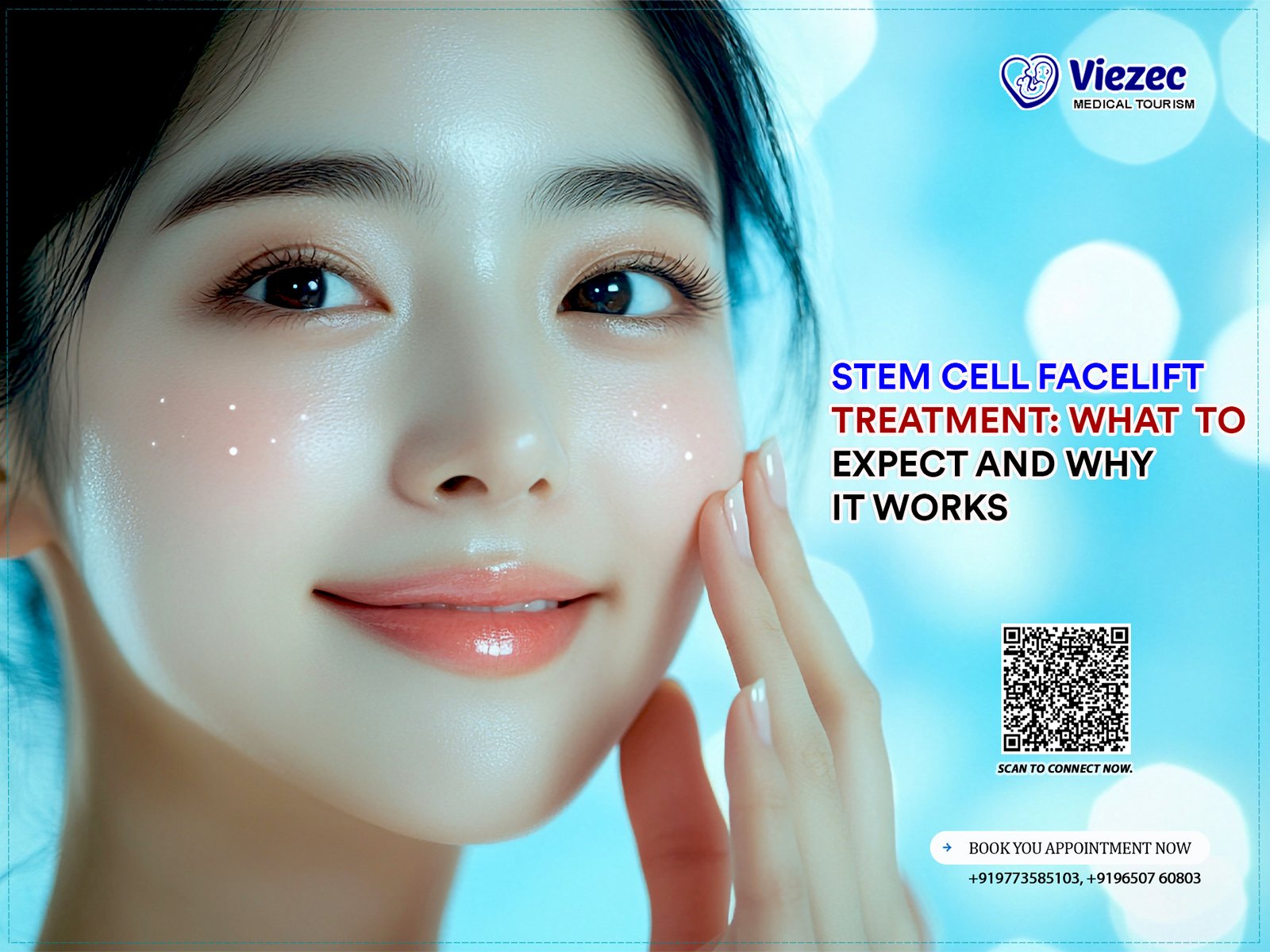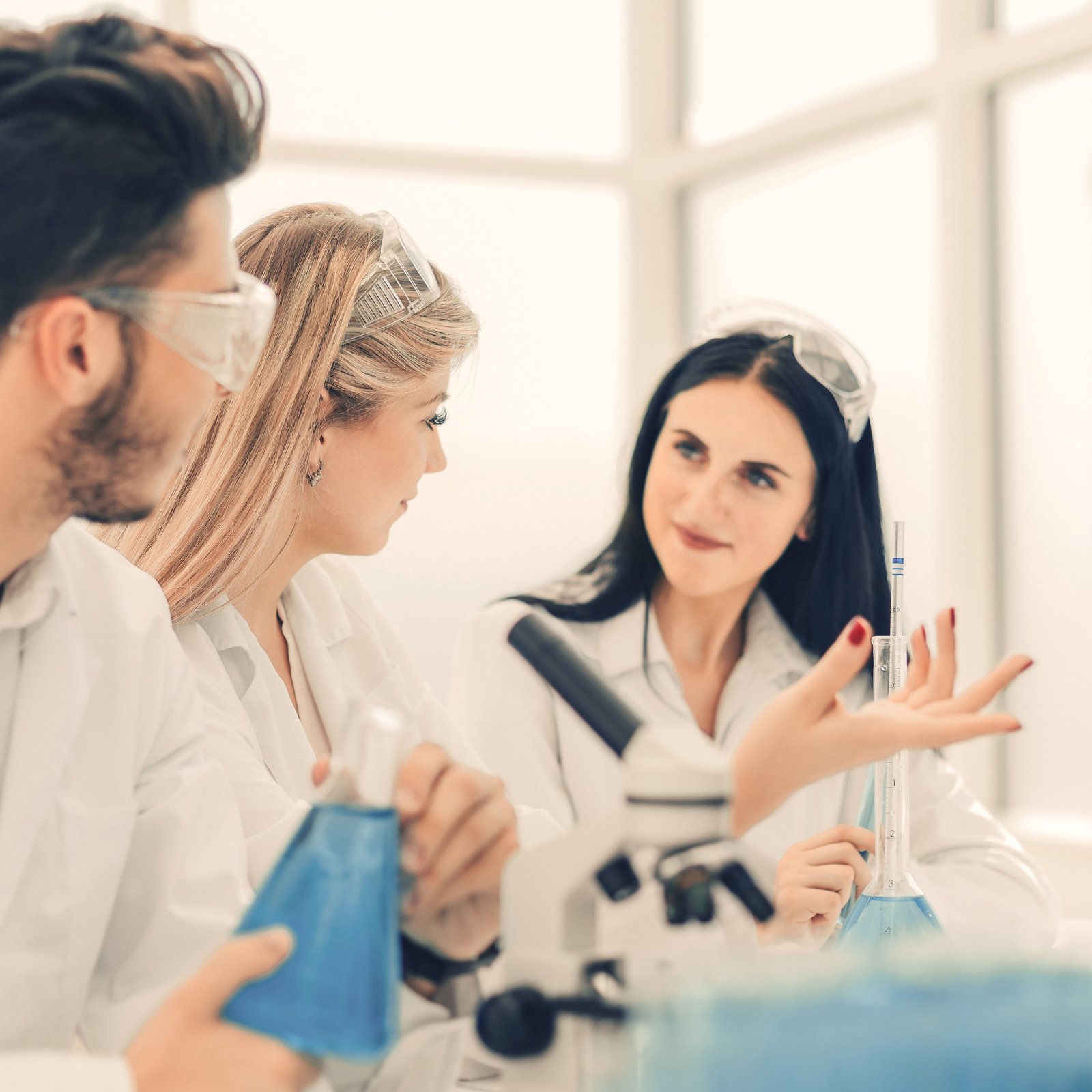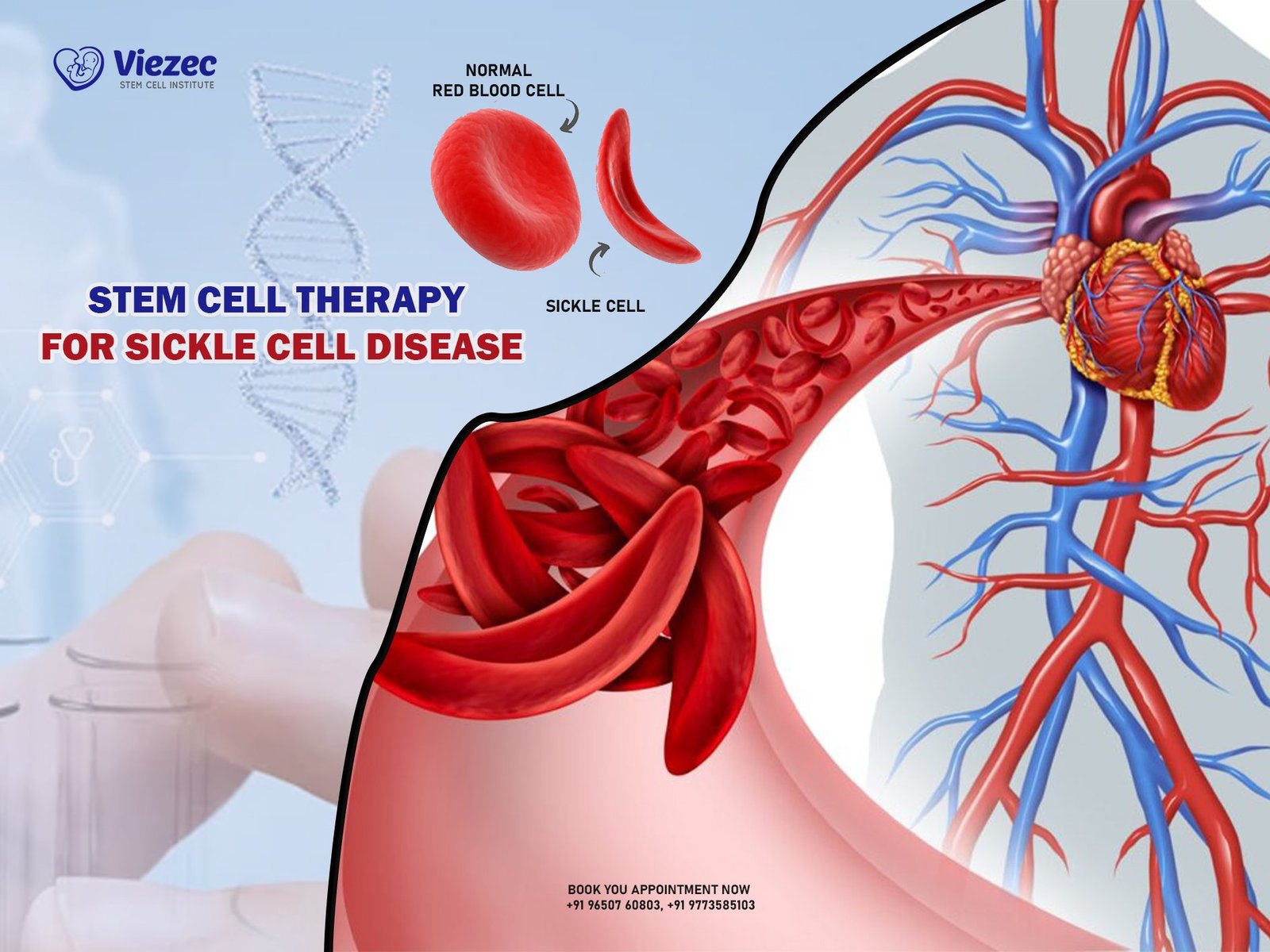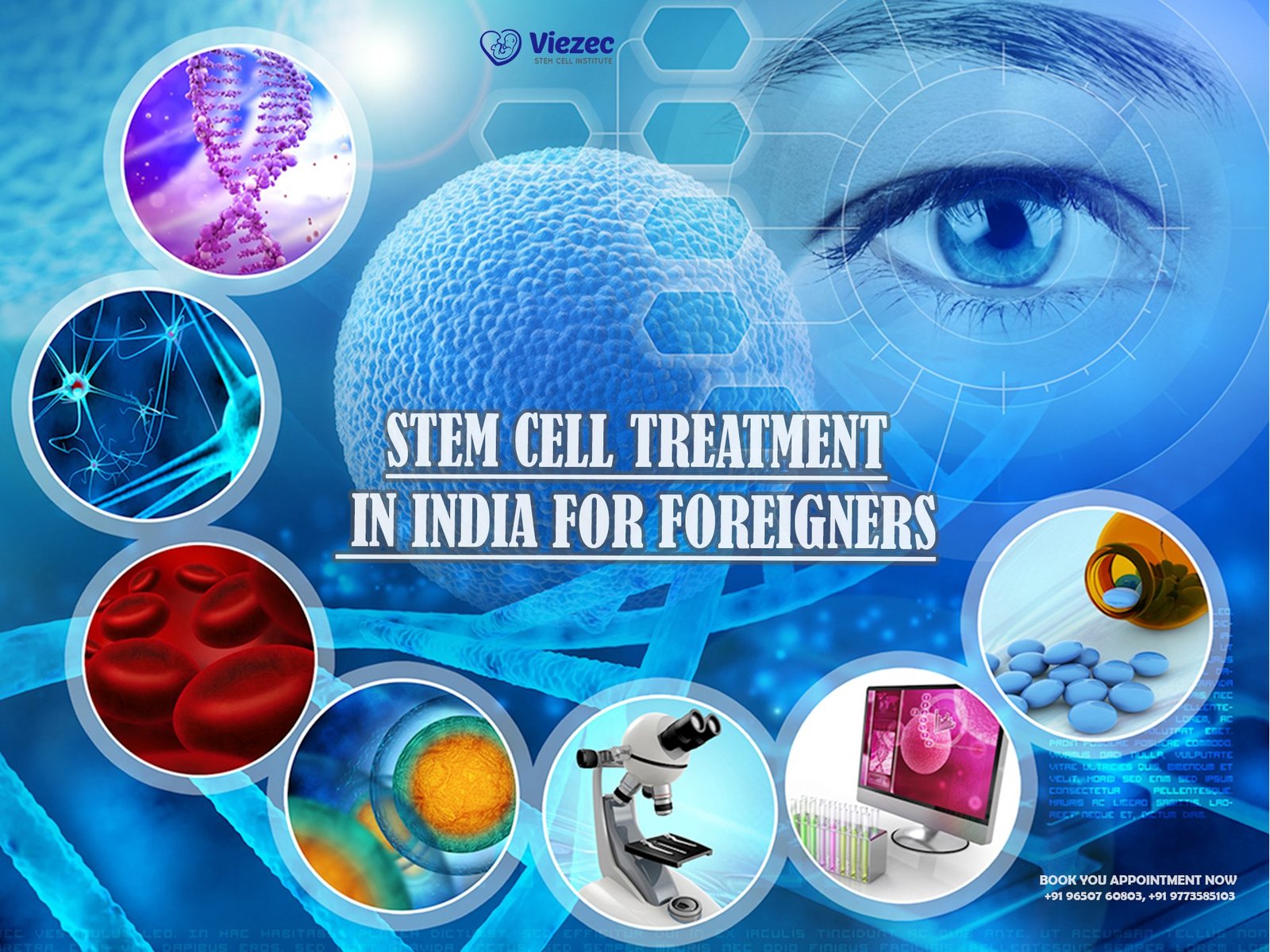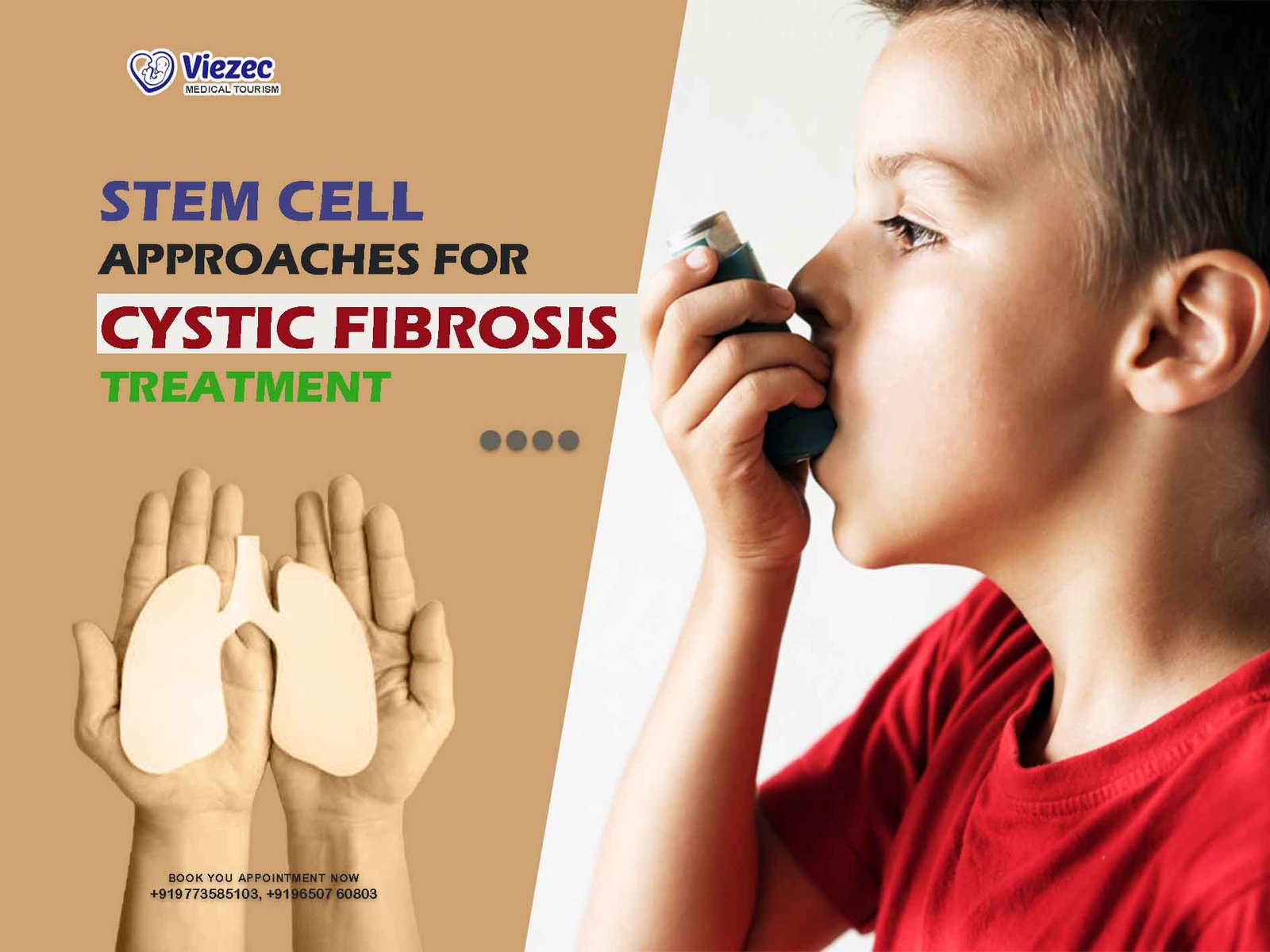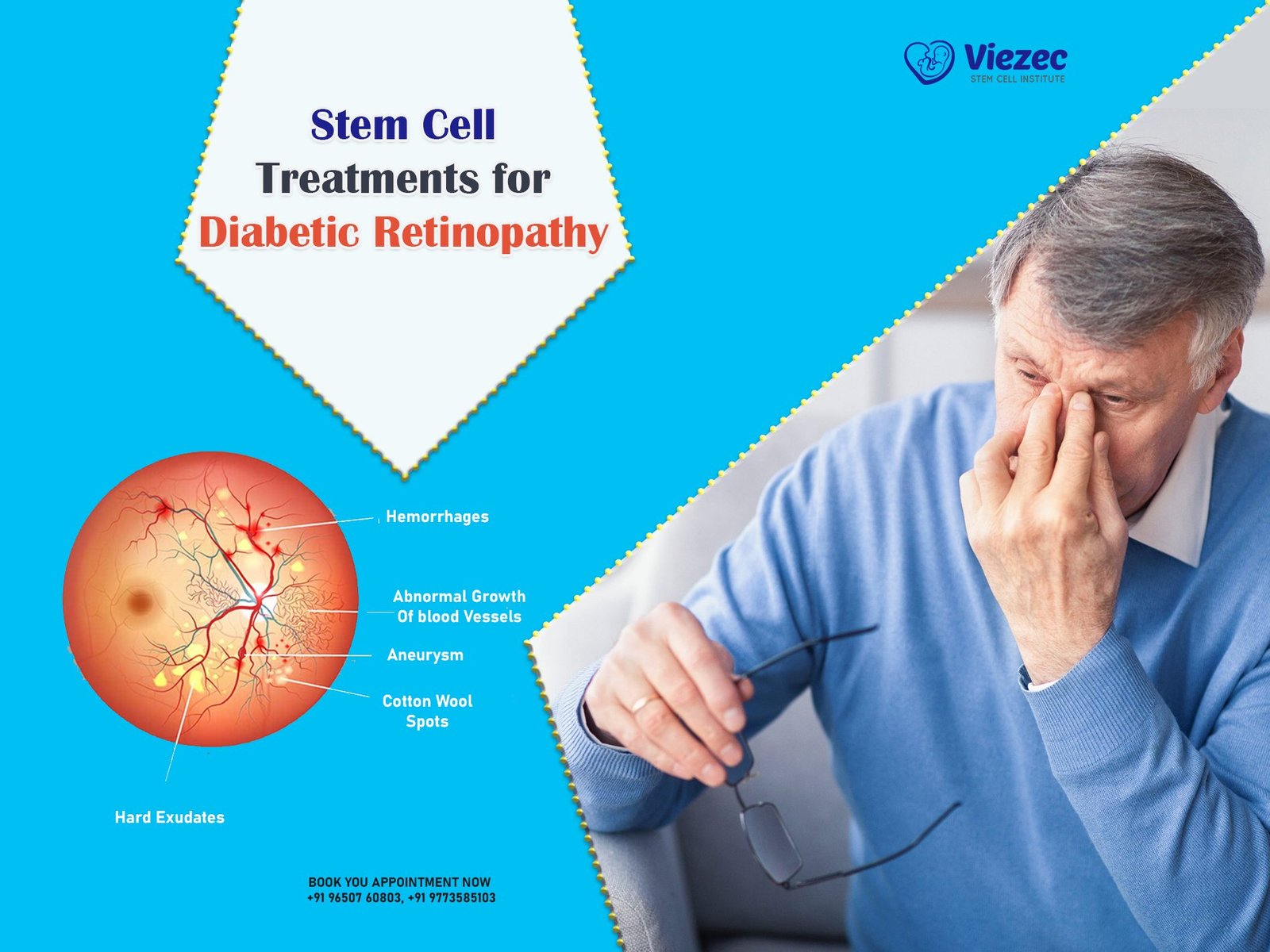Stem cell facelift treatments are quickly becoming a sought-after option for individuals seeking natural facial rejuvenation without the risks and recovery time associated with traditional cosmetic surgery. These treatments harness the body’s own regenerative capabilities to smooth wrinkles, improve skin texture, and restore youthful volume. Unlike invasive facelifts, which often involve cutting and stretching the skin, stem cell facelifts focus on repairing and revitalizing skin from within. In this article, we explore how these procedures work, what results you can expect, and why they’re transforming the future of anti-aging skincare.
Introduction to Stem Cell Facelifts
Stem cell facelifts are part of the latest wave of regenerative aesthetic treatments that offer an innovative alternative to traditional cosmetic procedures. Instead of relying on artificial fillers or surgical techniques, stem cell facelifts use the patient’s own stem cells—typically harvested from fat tissue—to promote natural skin regeneration. These cells are rich in growth factors that stimulate collagen production and improve overall skin health. The result is a fresher, firmer, and more youthful appearance that looks completely natural and avoids the “overdone” look often associated with surgical facelifts.
What Is a Stem Cell Facelift and How Is It Different?
A stem cell facelift is a non-surgical treatment that uses adult stem cells, usually extracted from fat via liposuction, to rejuvenate facial tissues. These stem cells are processed and re-injected into key areas of the face to promote skin renewal, enhance volume, and improve elasticity. Unlike traditional facelifts, which physically tighten the skin and underlying muscles, stem cell facelifts focus on regenerating the tissue itself. This approach not only restores youthful contours but also improves skin quality at a cellular level. It’s less invasive, requires little downtime, and leads to more natural-looking results.
Why More People Are Choosing Stem Cell Rejuvenation Over Traditional Surgery
More people are opting for stem cell facelifts because they combine effective aesthetic improvement with minimal disruption to daily life. Traditional facelifts involve incisions, anesthesia, and extended recovery periods. In contrast, stem cell treatments can often be done in a clinic setting with local anesthesia and little to no visible scarring. Patients are attracted to the idea of using their body’s own healing mechanisms to achieve younger-looking skin. In addition, stem cell facelifts offer a holistic approach—not just tightening the skin but improving texture, reducing pigmentation, and enhancing the overall tone of the face.
How Stem Cells Work in Anti-Aging Facial Treatments
The success of stem cell facelifts lies in the ability of these cells to naturally repair and regenerate tissues. When introduced into aging skin, stem cells secrete signaling molecules that encourage nearby cells to heal, multiply, and produce more collagen and elastin. This creates a gradual and sustainable improvement in facial appearance. Over time, the treated skin becomes thicker, more elastic, and healthier, reversing signs of aging without the artificial look that sometimes results from fillers or implants. The beauty of this treatment lies in its subtlety and biological harmony with the body.
The Science Behind Stem Cell Regeneration
Stem cells are undifferentiated cells capable of transforming into other specialized cells, making them ideal for tissue repair. In aesthetic medicine, mesenchymal stem cells—commonly found in fat—are used for their powerful regenerative properties. These cells release growth factors and cytokines that stimulate fibroblasts, which are essential for collagen and elastin production. They also promote angiogenesis, the formation of new blood vessels, improving oxygen and nutrient delivery to skin tissues. This scientific process translates into visibly smoother, plumper, and healthier skin over a period of weeks to months after treatment.
Natural Collagen Boost and Tissue Repair
One of the key advantages of stem cell facelift treatment is its ability to naturally boost collagen levels. As we age, collagen production slows down, leading to sagging skin and wrinkles. The stem cells injected into the face encourage fibroblasts to produce new collagen and repair damaged tissue. This internal repair process gradually restores firmness and elasticity, giving the skin a youthful bounce. Unlike artificial fillers that simply “fill in” wrinkles, stem cells work with your biology to rebuild the structure of your skin, resulting in a more authentic and longer-lasting rejuvenation.
What to Expect During a Stem Cell Facelift Procedure
Undergoing a stem cell facelift is generally a straightforward outpatient procedure. It typically involves two main steps: harvesting the stem cells and re-injecting them into the facial areas needing rejuvenation. The procedure is performed under local anesthesia, and most patients can return home the same day. You can expect some swelling and mild bruising, but these symptoms usually subside within a week. Full results develop gradually over the next few weeks to months as your skin regenerates. The procedure is tailored to your facial anatomy and aesthetic goals, ensuring personalized and natural-looking outcomes.
Step-by-Step Breakdown of the Treatment Process
-
Consultation: Your provider assesses your facial structure and discusses expectations.
-
Fat Harvesting: A small amount of fat is removed, usually from the abdomen or thighs, using a gentle liposuction technique.
-
Stem Cell Isolation: The fat is processed in a sterile lab to separate and purify the stem cells.
-
Injection: The stem cell-rich solution is injected into specific facial areas like the cheeks, under-eyes, or jawline.
-
Recovery: Minimal downtime is required; swelling and bruising may occur but resolve quickly.
This entire process typically takes 2 to 3 hours and is customized to your skin condition and goals.
Is It Painful? Understanding Discomfort and Recovery
Most patients report only mild discomfort during and after a stem cell facelift. Local anesthesia is used during fat extraction and facial injections, making the procedure relatively pain-free. Post-procedure, you might experience temporary swelling, tightness, or minor bruising, which can be managed with cold compresses and over-the-counter pain relievers. Unlike traditional facelifts that involve stitches and scarring, the stem cell facelift has a much gentler recovery process. Most people can resume normal activities within a couple of days and begin to see visible skin improvements within 2–4 weeks.
Benefits of Stem Cell Facelift Over Traditional Facelifts
Choosing a stem cell facelift over a traditional surgical facelift offers numerous advantages beyond the cosmetic. Because this technique taps into your body’s natural regenerative abilities, it not only lifts and firms the skin but also improves its overall health. The results tend to look more natural and less “pulled.” Plus, the risks of complications are significantly lower, and there’s no need for general anesthesia. For patients looking to age gracefully without surgery, stem cell facelifts represent a powerful and safe alternative that aligns with the body’s biology.
Natural Look, No Scars, and Minimal Downtime
One of the biggest appeals of the stem cell facelift is the natural-looking results it delivers. Because the treatment uses your body’s own fat and stem cells, it blends seamlessly with your existing facial tissue. There are no surgical incisions, so you don’t have to worry about visible scars. Recovery time is minimal—most patients return to their normal routine in just a few days. The gradual nature of the transformation also means that changes appear subtly over time, so others will notice you look refreshed but won’t suspect you had a procedure done.
Long-Term Results Without Synthetic Fillers
Unlike dermal fillers, which break down over a few months, stem cell facelifts offer longer-lasting improvements. Since the treatment stimulates the body to produce its own collagen and regenerate skin tissue, the results can last for several years. Additionally, you avoid the risks associated with synthetic materials, such as allergic reactions or unnatural stiffness. Over time, your skin continues to improve in texture, firmness, and tone. With proper skincare and a healthy lifestyle, many patients enjoy a more youthful appearance without the need for repeated treatments or filler top-ups.
Who Is an Ideal Candidate for Stem Cell Facelift?
Not everyone is a candidate for a stem cell facelift, but many healthy adults aged 30 and up may benefit from this procedure. It is ideal for individuals who are beginning to notice signs of aging such as fine lines, volume loss, and dullness—but who don’t yet require a surgical facelift. Candidates should have good skin elasticity and enough body fat to harvest stem cells. Those with chronic illnesses, bleeding disorders, or unrealistic expectations may not be suitable. A thorough consultation with a certified provider will determine whether this treatment aligns with your goals and health status.
Age, Skin Type, and Health Considerations
While the best candidates are typically between 35 and 60, younger individuals looking for early intervention may also benefit. This treatment works well for most skin types, but those with severe sun damage or extremely thin skin may need additional therapies for optimal results. Overall health plays a crucial role—people with autoimmune conditions, clotting disorders, or smokers may not respond as well to the procedure. During the pre-treatment evaluation, your doctor will consider your medical history, lifestyle, and aesthetic goals to determine if stem cell therapy is a safe and effective choice.
Risks, Side Effects, and Aftercare Tips
Though stem cell facelifts are considered safe, they are not completely risk-free. As with any procedure involving injections, there is a minor risk of bruising, swelling, or infection. These are typically short-lived and manageable. Since the cells are autologous (from your own body), the chance of allergic reaction is minimal. Aftercare includes avoiding sun exposure, heavy workouts, and alcohol for a few days. Patients are advised to follow a skin-friendly diet and use medically approved skincare products. Following post-procedure instructions closely ensures the best outcome and minimizes any potential side effects.
How to Maximize Results and Avoid Complications
To ensure optimal healing and long-term results, patients should prioritize hydration, a healthy diet, and good skincare routines. Avoid smoking and limit alcohol, as both can impair cell regeneration. Gentle facial massage, sunscreen, and collagen-boosting serums may further enhance the benefits. Regular follow-ups with your provider help track progress and detect any early signs of issues. Staying committed to a wellness-focused lifestyle not only enhances the results of your stem cell facelift but also helps you maintain vibrant, glowing skin for years to come.
FAQs
Q1. What are the benefits of stem cell facial injections?
Stem cell facial injections help rejuvenate the skin by stimulating collagen production and cellular repair. They improve skin texture, reduce fine lines, and promote a youthful glow.
Q2. How does stem cell facial rejuvenation work?
Stem cell facial rejuvenation uses regenerative cells to repair and renew damaged skin tissue. It naturally enhances skin tone, elasticity, and reduces signs of aging.
Q3. What are stem cell facial injections used for?
These injections are used to reduce wrinkles, improve hydration, and restore facial volume. They target skin aging at a cellular level for long-lasting results.
Q4. How do stem cell facial injections benefit the skin?
They promote skin regeneration, boost collagen, and improve skin firmness and radiance. Stem cell treatments can also reduce pigmentation and sun damage.
Q5. What is the cost of stem cell facial rejuvenation?
The cost varies depending on the clinic and country but typically ranges from $3,000 to $5,000 in India. Multiple sessions may be required for optimal results.

